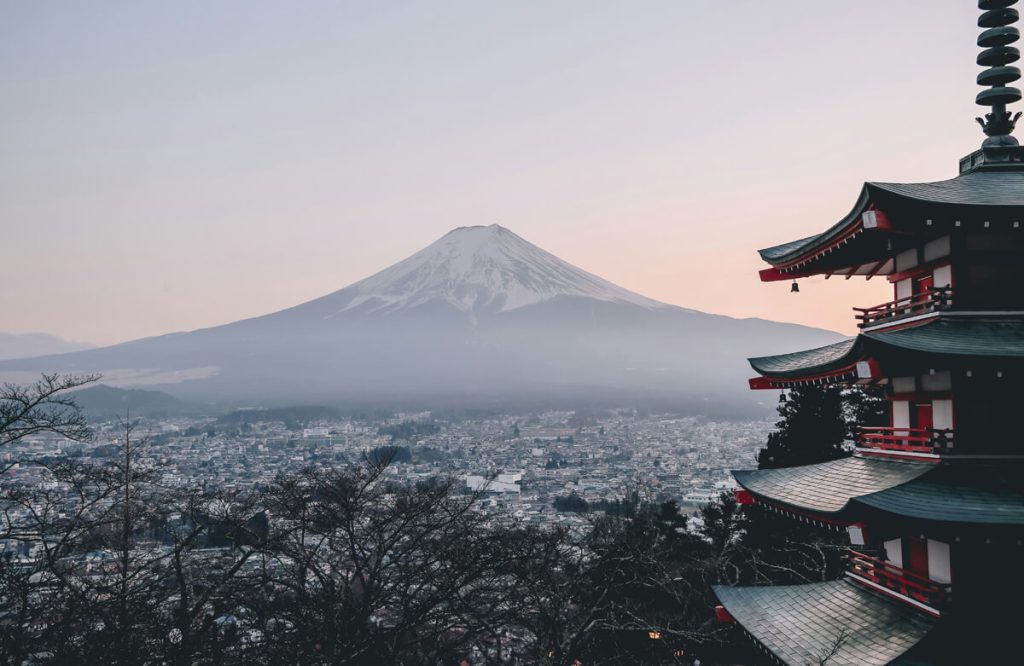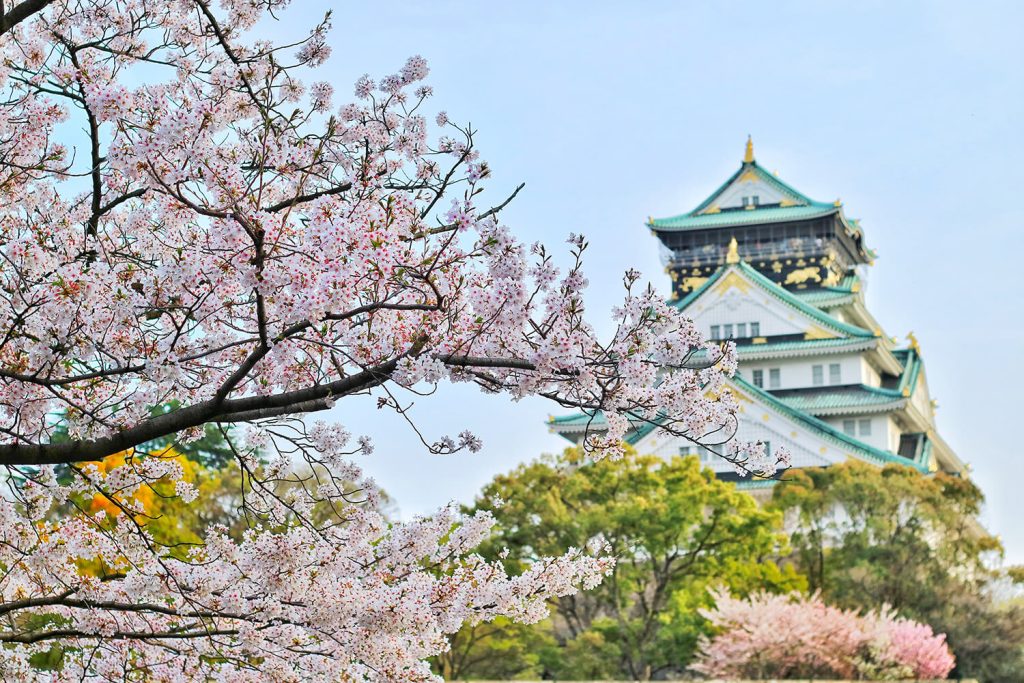General information about Japan
Japan is an East Asian archipelago whose population was estimated at 125.4 million inhabitants in 2023. The country has one of the largest economies in the world – 4th place in purchasing power parity for 2023 – and is in 34th place in terms of GDP per capita, at $52,120 according to PPP. The country is actively involved in international trade as the world’s fifth-largest exporter and fourth-largest importer in 2022. The capital and largest city of Japan is Tokyo, with a population of 9.7 million; other major cities include Yokohama (3.8 million inhabitants), Osaka (2.8 million), and Nagoya (2.3 million).
Importing wine to Japan
In 2021, Japan was the 5th largest wine importer in the world, with a value of $1.68B imported into the country. The most sought-after wine remains French, with $719M worth of imports, followed by Singapore ($254M), Italy ($185m), Chile ($144m), and Spain ($111m). 1 In total, New World wines account for 39.5% of the wine market (2021).
If French wines are imported most by value, then Chile leads the way in terms of wine import volume. France comes in second place in terms of volume; it is also important to note that France has the highest average price per litre, at just over $17, while Chile’s average price was approximately $2.1 per litre (2023).2
The recently signed EU-Japan Economic Partnership Agreement will, according to Food & Beverage Analytics, is expected to boost European wines in the luxury segment of the market, while Chilean and Australian wines will stay strong among less expensive bottles.
One interesting feature of Japan’s import market is the relative strength of sparkling wine. In Europe, sparkling wine tends to make up a few paltry per cent of a country’s wine imports. In Japan, however, the sparkling wine imports are more than 10% of the import market.
Japan has a developed wine market and high competition. Importers play a key role in the supply of wines and the formation of sales channels for a wine brand. There are more than 200 significant, established importers in Japan.

Wine distribution in Japan
73% of wines in Japan are distributed through off-trade or off-premise channels. This group includes department stores, wine shops, supermarkets, convenience stores and discount stores. 55% of these sales occur through supermarkets.3
Among the premium supermarket segment, Seijo Ishii, with more than 160 stores, should perhaps be highlighted. They offer well-known brands from all over the world, as well as being an importer which sells wines under their own brand. Another well-known and prominent supermarket chain, albeit with fewer stores, is Meidi-ya, with a network of more than 30 stores. The company is also a wholesaler, importer and exporter of wine.
When discussing Japan, it is impossible not to mention the convenience stores that number some 55,000 across Japan. They account for 10% of all wine sales in Japan. Leaders in this segment are 7-Eleven, FamilyMart and Lawson.
Wine consumer preferences Japan
Red wines account for half of the wine sales market in Japan. The average price per bottle sold in Japan was 6.61 USD; 80% of wines is sold at a value of less than 13.2 USD.4
As noted above, supermarkets dominate the wine market in Japan. This in turn affects the average cost of wine in the country. 40% of wine sales through supermarkets are in the price group up to USD 7.20.
This price can triple in restaurants, though it is worth noting that wine in Japan is an imported luxury; sake and rice wines remain key to the Japanese dining experience. Furthermore, Japan as a culture is a famously health-conscious, making biodynamic and organic wines particularly attractive to high-end consumers. Whether this market will be vulnerable to the same health-focused decrease in alcohol consumption amongst young people remains to be seen.
In 2019, Japan led all Asian countries in terms of per capita wine consumption. This figure has been growing over recent years. As a result, in 2019, wine consumption per Japanese person was 2.6 litres a year in 2019 in comparison to 1.90 litres per year in 2009.
Wine manufacturing in Japan
Japan has its own wine production, with all wines classified as either Japanese Wine or Japan Wine. Domestically produced wines, made from imported raw materials, stand out. Sales and popularity of local wine are growing, but stand for the time at 4% of all wine sales.
There are more than 240 wineries in Japan. A third of production comes from Yamanashi Prefecture. Popular varieties include Müller-Thurgau, Chardonnay, Merlot and Cabernet Sauvignon, and Koshu.
Sources:
- https://oec.world/en/profile/bilateral-product/wine/reporter/jpn ↩︎
- https://www.vinetur.com/en/2023092775517/japan-s-wine-imports-value-rises-volume-drops.html ↩︎
- https://www.wineaustralia.com/getmedia/3bfb8aee-de3e-4e4e-bdf3-5c543466b000/SAWIA-EMP-Japanese-Market-Intelligence-Resource.pdf ↩︎
- https://www.wineaustralia.com/getmedia/3bfb8aee-de3e-4e4e-bdf3-5c543466b000/SAWIA-EMP-Japanese-Market-Intelligence-Resource.pdf ↩︎



